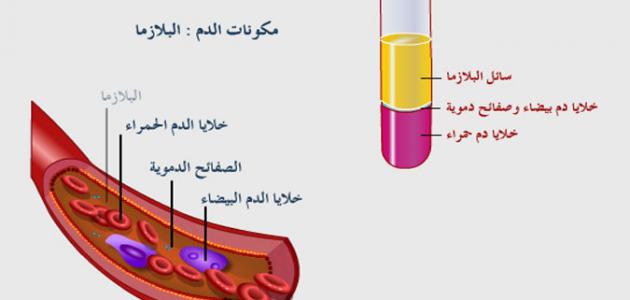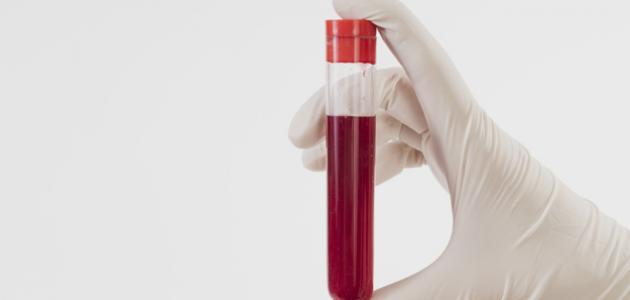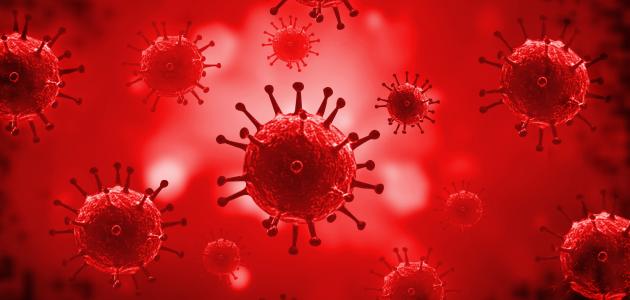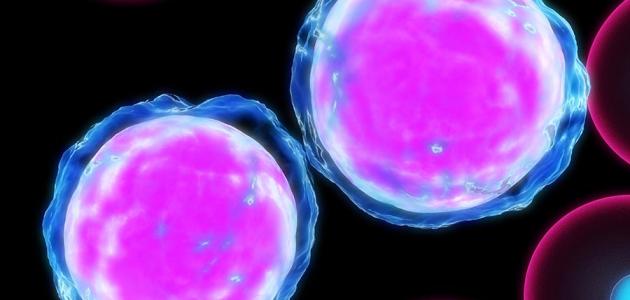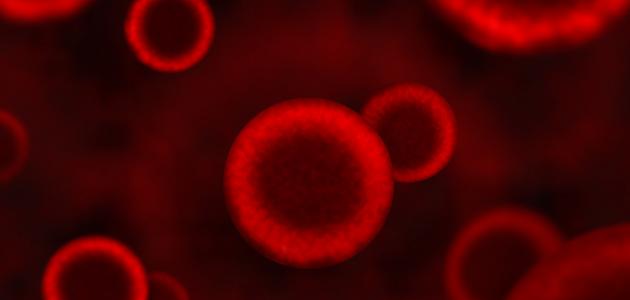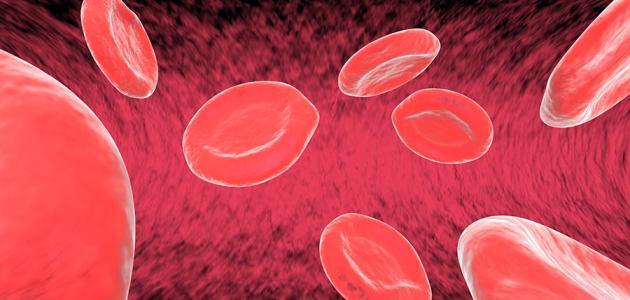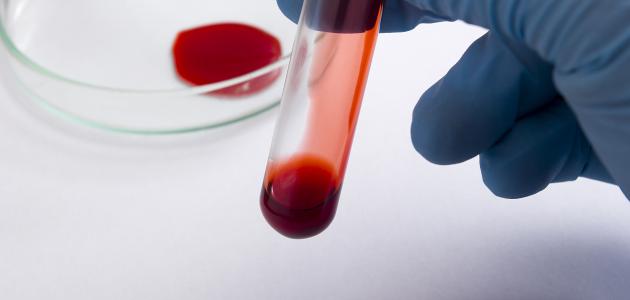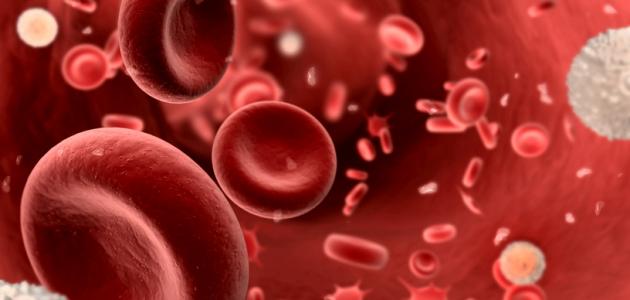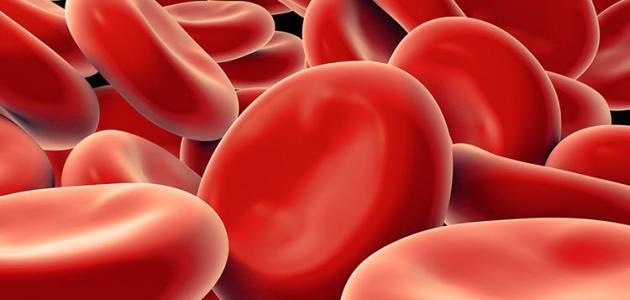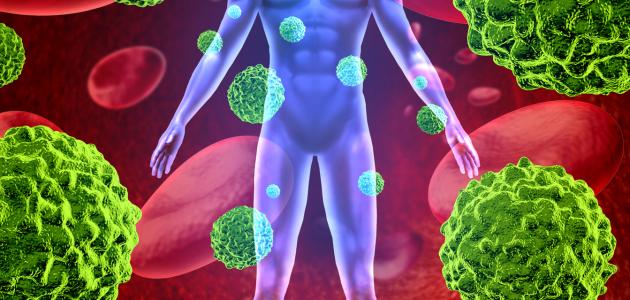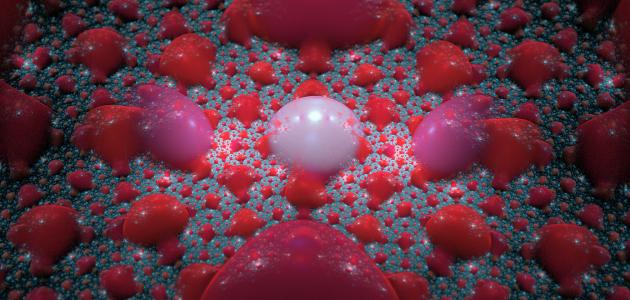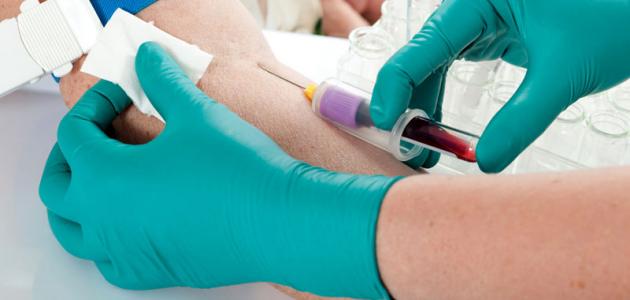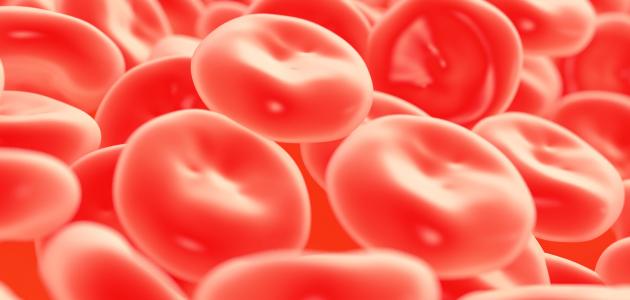Contents
the blood
Blood is similar in the types of basic elements present in it in all human beings, as it is mainly composed of red blood cells, white blood cells , and platelets, despite that, the blood types differ between humans, and the number of blood types is eight, so that each of the types is determined The blood is based on the antibodies and antigens specific to the blood. Antibodies are known as proteins present in the plasma and play an important role in the body’s immunity , while the antigens are protein molecules present on the surface of red blood cells. [1] [2]
The rarest blood type
In fact, blood types are related to genetics, so it is difficult to determine the most rare blood type in the world, as it is noticed that the prevalence of a certain type of blood group more than others varies according to the region of the world, and according to statistics, it has been found that the blood type (O +) is the most common In the United States of America, while blood type (AB-) is the most rare in it, as for studies conducted in Denmark, it has been shown that blood type A + is the most common in it, while blood type B + is the most common in India. The following is a statement of the prevalence rate of each blood group in the United States of America, according to one of the studies: [3]
- The blood type ratio (AB-) is about 0.6%.
- The blood group ratio (AB +) is about 3.4%.
- The percentage of blood type (B-) is about 1.5%.
- The percentage of blood type (A-) is approximately 6.3%.
- The blood type percentage (O-) is about 6.6%.
- The blood type percentage (B +) is about 8.5%.
- The blood type percentage (A +) is about 35.7%.
- The blood type percentage (O +) is about 37.4%.
The ABO blood group system
This system divides the blood groups as follows: [1]
- Blood type A: The characteristics of this group are that type A antigens are found on the surface of red blood cells , while antibodies to antigen B are found in blood plasma.
- Blood type B: This type is characterized by the fact that type B antigens are found on the surface of red blood cells, while antibodies to antigen A are found in the blood plasma.
- AB blood type: This type is characterized by the presence of type A and B antigens on the surface of red blood cells, while there are no A and B antibodies in the blood plasma.
- Blood type O: This type is characterized by the absence of any type A and B antigens on the surface of red blood cells , while the antibodies to both A and B antigen are present in the blood plasma.
Rh system of blood groups
The Rhize factor has been taken into account in this system, and the Rhesic factor is considered an antigen, and if it is present the blood group is considered positive, and in the absence of it the blood group is considered negative, and the blood groups were divided as follows based on this factor: [2]
- Blood type (A) with positive Rhesus factor, i.e. (A +).
- (A) blood type with Rh negative factor, i.e. (-A).
- Blood type (B) with positive Rhesus factor, i.e. (+ B).
- (B) blood type with Rh negative factor, i.e. (-B).
- Blood type (O) with positive Rhesus factor, i.e. (+ O).
- Blood type (O) with Rh negative factor, i.e. (-O).
- Blood type (AB) with positive Rhesus factor, i.e. (+ AB).
- The blood type (AB) has Rh-negative factor, i.e. (-AB).
Transfusion
Matching blood groups between the donor and the recipient is necessary, as it is possible to perform a blood transfusion if the person receiving the blood has a blood group that does not contain any antibodies against the antigens present in the donor’s blood .
- If a person has an AB + blood group, he can donate only to people who have an AB + blood group, while he can receive blood from all other blood groups.
- If a person has blood type AB-, he can donate to people who have type AB + or AB-, while he can receive blood from people who have type AB-, A-, B-, or O blood types. -.
- If a person has a type A + blood group, he can donate to people who have type A + or AB +, while he can receive blood from people who have type A +, A-, O +, or O-.
- If a person has a blood group type A-, he can donate to people who have blood type A +, A-, AB +, or AB-, while he can receive blood from people who have blood type A- or O-. .
- If a person has type B + blood group, he can donate to people who have type B + or AB + blood group, while he can receive blood from people who have type B +, B-, O +, or O- blood group.
- If a person has a type B blood group, he can donate to people who have type B +, B-, AB +, or AB- blood types , while he can receive blood from people who have type B- or O- blood types. .
- If a person has a type of blood type O + he could donate to people who have blood type of type B +, or A +, or AB +, or O +, while he can blood from the people who own type of blood type O + or O- reception.
- If a person has a type-O blood group, he can donate to anyone from any other blood group, while he can only receive blood from people who have a type-O blood group.
References
- ^ A b "Types by blood" , Www.redcrossblood.org , Retrieved 26-3-2018. Edited.
- ^ A b " by blood groups Groups" , Www.nhs.uk , Retrieved 26-3-2018. Edited.
- ↑ "What's the Rarest Blood Type?" , www.healthline.com , Retrieved 26-3-2018. Edited.
- ↑ "Blood Groups, Blood Typing and Blood Transfusions" , www.nobelprize.org , Retrieved 26-3-2018 . Edited.

